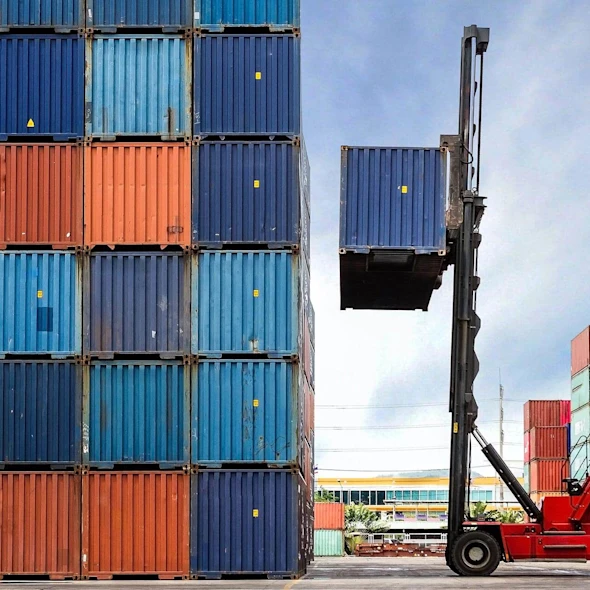Modern supply chain engineering and logistics can be traced back to WWII, when the U.S. government developed a system to get supplies and equipment to troops spread throughout the world quickly and efficiently. Supply chain engineering and logistics have drastically changed since, in large part thanks to E-commerce, the need for more supplies in offices, and the rapid growth of purchase order transactions. Because of these factors, consumers have become more vulnerable to data risks.
Vulnerabilities to data risks have led bad actors to pounce on weak links along the complicated supply chain. These bad actors have had long-term effects on both corporations and government entities – with recent attacks racking up nearly $100 billion in repairs. It’s imperative users constantly check risks associated with their supply chain. Without constant monitoring, entities can be left exposed.
To prevent exposure to bad actors, agencies must plan ahead and be aware of possible disruptions to the supply chain. One way to plan ahead is to build a strong relationship with your supplier – it’s crucial to do this before supply chain issues start. If you know how your supplier operates, who they interact with, who they deliver to, and what their business practices are – you are more likely to have more visibility into potential threats. By exposing risk earlier, entities can make sure they are taking the correct steps in their supply chain risk management approaches.
“If you know how your supplier operates, who they interact with, who they deliver to, and what their business practices are – you are more likely to have more visibility into potential threats.”
As previously mentioned, technology and E-commerce play a huge role in the increase of cyber threats in the supply chain – making it almost impossible to secure the supply chain manually. However, agencies can take advantage of certain technology to eliminate future supply chain risks and cyber attacks. Innovative technologies are needed for efficiency and access to real-time data. For example, artificial intelligence provides users the opportunity to look deeper into their supply chain, and their supplier’s corporate structure – exposing risk earlier.
The COVID-19 pandemic has further exposed the fragility of the supply chain. It’s apparent now, more than ever, that issues in one part of the chain can create a domino effect of disruption that include empty store shelves, higher prices for raw materials, and a shortage of microchips that shut down automotive plants. This exposed fragility has gotten the attention of the highest levels of government. The Department of Defense’s Cybersecurity Maturity Model Certification (CMMC), being developed now, combines cybersecurity standards and best practices to all cybersecurity levels. If agencies are committed to cybersecurity practice, and the reporting and sharing of cyberthreat intelligence, they must follow the CMMC’s standards and procedures.
CMMC is just one piece of the multifaceted solution to keeping a secure supply chain. Every department in every entity plays a role in keeping the supply chain secure. For example, the finance department’s role in assessing financial risks is just as important as the IT department’s role in assessing cyber risk. While technology is important to leverage, having a human element is equally important.
As entities continue to operate outside of their borders and risks to supply chains increase, they must rely on third parties for help. President Biden’s Cyber Executive Order includes a full section on how to improve supply chain security.
GDIT’s supply chain risk management framework identifies and mitigates risks, including cyber security risk, through a comprehensive suite of polices, procedures, and tools that ensures a risk-based approach to supply chain: vetting suppliers and subcontractors for risk prior to point of procurement and enabling appropriate monitoring and preventive action throughout the supplier life cycle.
GDIT taps into emerging technology solutions to provide end-to-end supply chain visibility. As one of the largest supply chains in the Federal government, GDIT supports supply chain management services that deliver large quantities of mission-critical assets around the globe with their expertise and experience. We provide the support agencies need to predict and mitigate risk, and if needed the removal of suppliers and software when threat actors are detected, to ensure mission objectives are achieved at scale for government clients.






